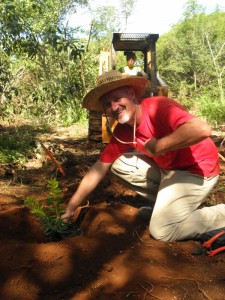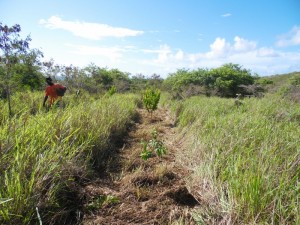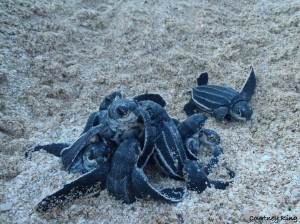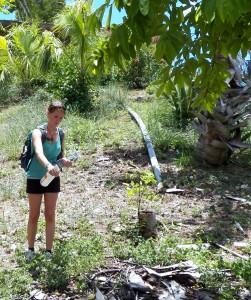
Invasive Rat Eradication on Islands
Geographic Consulting has long been a proponent of habitat restoration through the eradication of invasive species as well as re-introduction of the native plants and animals (like the St Croix ground Lizard). Rat eradication is one of my personal favorites because removing them has such a huge and immediate positive impact on islands and other systems (and because I hate rats so much). We have previously published on the invasive species most harmful to forest health in the US Virgin Islands, and rats made the list.
This recent article relates the story of rat eradication on South Georgia Island, near Antarctica.
Greg Howland et al (2007) analysed over 380 rodent eradication projects on islands and found that 332 were successful. Almost all of the eradication projects used rodenticide in a way that minimizes impacts to native organisms. This includes the completely awesome and super successful project by the National Parks Service on our own Buck Islands National Monument. You can read about it here. The immediate result was an end to depredations of endangered sea turtle nests and there has since been an increase in baby pelicans, too.
Brian Daley from Geographic Consulting assisted with some field work on the NPS Buck Islands project. We now hope to begin our own rat eradication field projects on off shore quays in the US Virgin Islands and beyond. We will keep you posted here as those potential future projects come to fruition.





Comments, Questions? Contact Us.